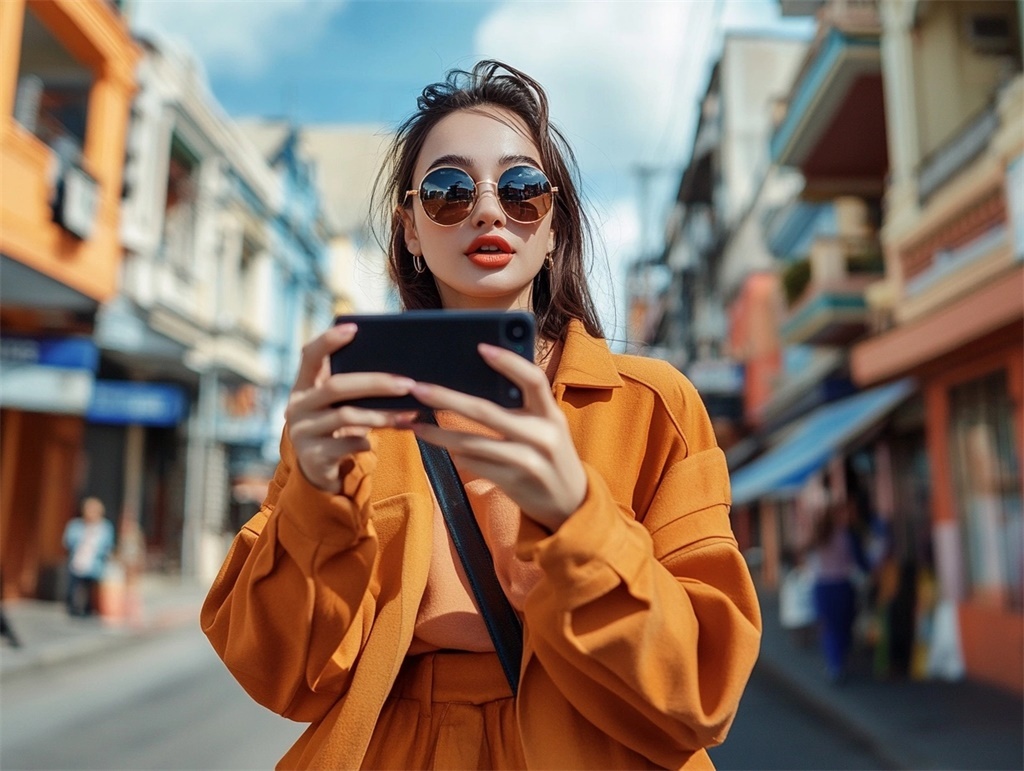Introduction: New trend, TikTok influencer marketing leads the new era of cross-border e-commerce
In the rapidly evolving digital landscape, cross-border e-commerce faces unprecedented challenges and opportunities. As traditional marketing methods gradually lose effectiveness, TikTok influencer marketing has emerged as an innovative and interactive model that offers cross-border sellers a powerful tool to penetrate international markets. By collaborating with influential creators, brands can enhance visibility, directly engage target consumers, and drive sales growth. This article delves into leveraging this trend to optimize product exposure.

Market Analysis: Selecting Suitable TikTok Influencers
Before initiating any marketing campaign, it is crucial to understand your product's positioning and target market characteristics. For TikTok promotions, this step becomes even more critical. Analyze regional demographics, age groups, and interest segments to accurately match influencers who align with your product. For instance, beauty products targeting young women should partner with creators specializing in skincare and cosmetics, known for engaging and stylish content. Similarly, personalized clothing brands should collaborate with influencers who focus on fashion trends or customization. The foundation of successful influencer marketing lies in choosing the right partners.
Target Audience Identification:
Identify your ideal customer base and select influencers that appeal most to this demographic. Different products cater to distinct audiences; thus, selecting influencers popular among your target group is essential. Additionally, consider geographical factors to ensure the influencer's audience aligns with your market.
Creative Content Planning:
Collaborate with influencers to develop content that resonates with both the brand image and the audience. Creative content, such as tutorial videos or lifestyle tips, can significantly boost user engagement by demonstrating product usage, sharing user stories, or offering practical advice. Ensure all content remains consistent with the brand’s overall image to strengthen brand awareness.
Multi-Channel Integrated Marketing:
Combine online and offline activities, such as contests or experiential events, to enhance user participation. Multi-channel integration expands brand influence and increases exposure. For example, posting trailers on TikTok to encourage offline event attendance or setting up TikTok interactions during live events can promote user-generated content sharing.
Continuous Strategy Optimization:
Regularly review cooperation effectiveness and adjust strategies based on data feedback to improve conversion rates. Data analysis underpins continuous optimization. Tracking key metrics (e.g., views, likes, comments) helps identify popular content types and guide future creative directions. Maintaining open communication with influencers and providing timely feedback fosters mutual growth.
Building Strong Partnerships:
Maintain transparent communication channels to ensure mutual understanding of project progress. A strong partnership is vital for long-term collaboration. Regularly communicate with influencers to understand their needs and expectations, ensuring smooth cooperation. Timely payments and respecting influencers' creative freedom are also crucial for maintaining relationships.
Brand Building: Creating a Consistent and Distinct Image:
Successful influencer marketing not only boosts sales but also builds a positive brand image. Throughout the process, ensure all external messages adhere to unified brand values and visual styles. Inviting influencers to participate in brand storytelling adds depth and personality to the brand.
Brand Consistency:
Consistency across all marketing activities—maintaining a uniform brand image, message, and style—builds brand recognition and consumer trust. Whether on TikTok or other platforms, all content should convey the same brand values and philosophy.
Creating Brand Stories with Influencers:
Engaging influencers in brand storytelling makes the brand more relatable and interesting. Influencers often have unique personal appeal and fan bases, allowing them to share the brand's story from their perspective, enhancing brand affinity, user engagement, and loyalty.
Visual Style Consistency:
Ensure influencers follow the brand's visual guidelines in content creation, including colors, fonts, and image styles. Consistent visuals reinforce the brand's overall impression.
Focus on marketing priorities: Data analytics drive decision making
To maximize TikTok influencer marketing effectiveness, regularly collect and analyze relevant data. Metrics like views, likes, and comments provide insights into popular content types, guiding future creative strategies. Sharing data analysis results with influencers deepens connections and explores new possibilities.
Data Collection and Analysis:
Use TikTok Analytics tools to gather detailed statistics. Analyzing this data reveals which content garners the most attention, peak user activity times, and user interaction patterns.
Optimized Content Strategy:
Adjust content strategies based on data analysis to enhance effectiveness. Increase the frequency of popular content types while experimenting with new ideas and forms, continuously testing and optimizing to find the best fit for your audience.
Optimizing Influencer Collaboration:
Data analysis optimizes both content and influencer collaboration. If an influencer's performance is suboptimal, consider changing partners or adjusting methods. Sharing data analysis results with influencers helps them better understand user needs and preferences, improving cooperation effectiveness.
Conclusion:
TikTok influencer marketing provides a dynamic platform for cross-border sellers to showcase products and services globally. Careful planning—from selecting suitable partners to developing creative content and continuously optimizing implementation details—can lead to successful marketing outcomes in this emerging field.
Frequently Asked Questions:
Q: Is TikTok influencer marketing suitable for all products?
A: Not necessarily. While many products benefit from this approach, specialized or niche products may require targeted strategies, such as promoting through industry experts or opinion leaders.
Q: How do I determine the best influencer for my brand?
A: Evaluate potential partners' historical performance and whether their fan base matches your target market. Assess past work, fan interactions, and demographics. Initial communication with influencers regarding cooperation willingness and methods is also crucial.
Q: What is the cost of running a full TikTok influencer campaign?
A: Costs vary based on factors like partnership scale and influencer tier. Top-tier influencers command higher fees but offer greater exposure. Prepare a flexible budget to handle unexpected situations and choose influencers aligned with your goals and resources.

